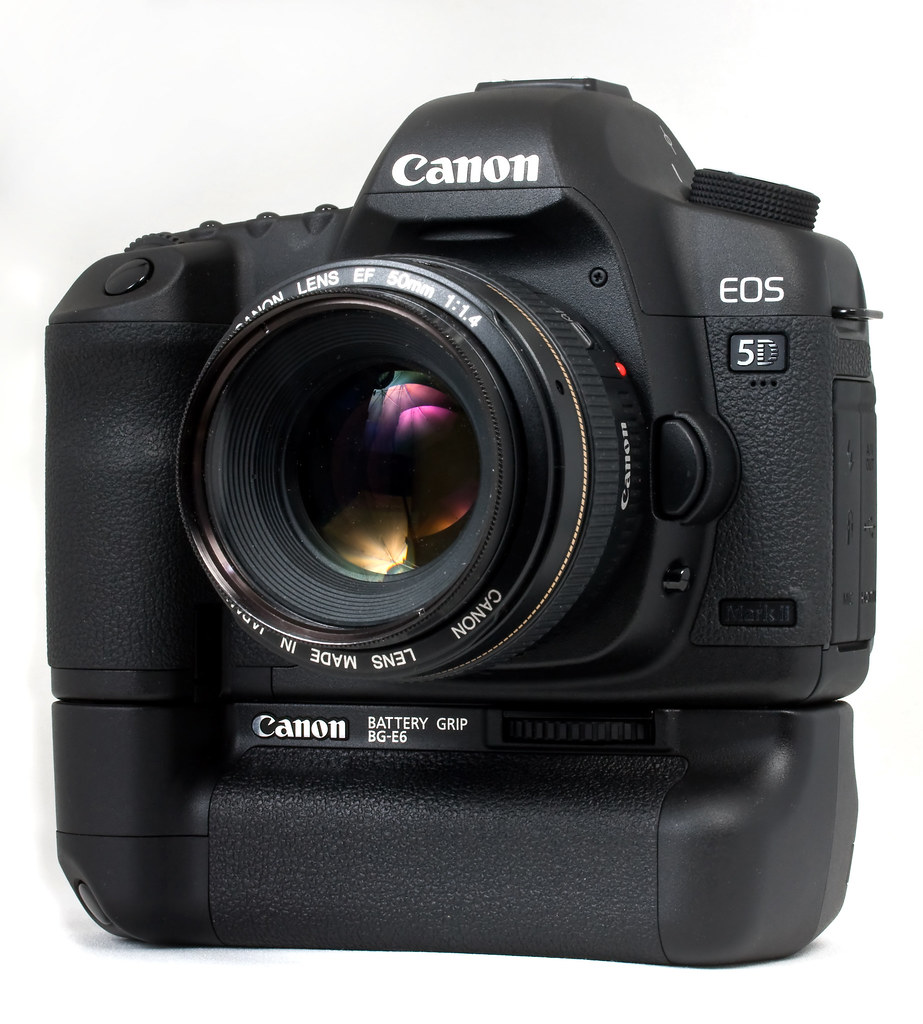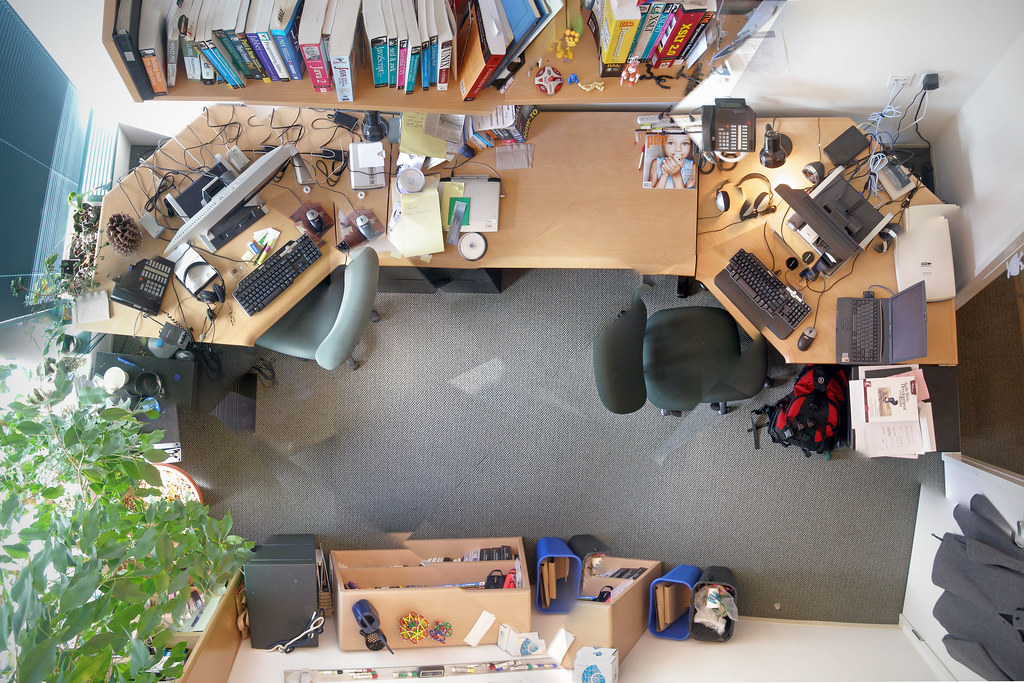A little while ago I wrote a somewhat bitter piece I titled "Creative Myth Busting: If You Build It They Will Come". I'm here to tell you I was wrong ... somewhat.
It is hard putting your work out there year after year to resounding indifference but I'm here to tell you things recently changed for me. For several years now I have been working on the side for my company on various photo and video projects. These projects were largely on my own time and with my own equipment and I started doing them as a way to learn as I am one of those people who can only learn by doing. After several years of this I had learnt a lot but I was starting to feel a little used and like things were going nowhere hence the attitude conveyed in the post mentioned above.
But then something happened....
At a huge conference we run, I was taking stills as usual when I was asked by a couple of colleagues to shoot some short video testimonials. I was going to explain that shooting video required so much more time and equipment than the stills I was taking but, instead, I turned up first thing one morning with a back breaking load of extra gear and shot what they asked for. Back in the office I had just received Adobe Production Premium so I decided to use the editing task as an opportunity to learn Premiere Pro as I moved from Sony Movie Studio. I thought the resulting video was nothing special but the team I made it for loved it. They liked it so much they kept showing it higher and higher up the management food chain until I found myself the most junior (in rank at least) attendee at a meeting of higher-ups with my bosses', bosses', bosses', boss being asked to advise on video and multimedia production. Normally, in such company I might be quiet and hang back but they were talking about a subject I knew more about than anyone in the room. Before the meeting was through I was being asked to switch focus from my usual coding duties to video production.
A lot of established creatives offer advice to young wannabees to pack-up whatever they're doing currently, move to LA or NY or where ever they believe the creative center of the universe is currently and to work for free if they have to. For a 20-something with no responsibilities that may be good advice but for middle-aged, head of household with dependents looking to you for health insurance, and getting the mortgage paid and all the other trappings of a modern, Western lifestyle it is hard advice to stomach. So we stick to our safe jobs that provide our families with the security we promised them and we wonder what it would be like to do the thing we loved, the thing we are actually passionate about for a living.
So I have this opportunity now to do what I love for a living without losing the security I've built up working at a massive technology company for so many years. It's not like when you're a kid and you dream of being spotted in the crowd for your mad skills and then thrown into the spotlight to become successful and famous but, in a grown-up world, it's more than I dared to dream of. I'm not making Hollywood movies or rubbing shoulders with world-famous filmmakers but I go into the office and I edit or shoot video without having to hide it off the books. I haven't been given a massive budget or a RED camera rig but that's not what I'm good at or what my experience is with anyway. I know about guerrilla filmmaking and how to do things for low or no-budget without the end product looking cheap. I think the corporate world is one of the last niches in video production to learn anything from this DIY, guerrilla mentality and I'm passionate about doing that.
So here I stand, given an unexpected opportunity that is mine to screw up. Who knows what the next year will bring. Maybe they'll work out that I don't know what I'm talking about, or they'll find someone else who does it better, or they'll get tired of making videos but for now I'm taking this opportunity and am running with it. If you're just starting out there are plenty of people who will give you good advice so you don't need this old fart chiming in. If you're no spring chicken, and you have responsibilities, but you're trying to add a more creative slant to your work life I can't promise that it will happen but it definitely won't happen if you give up, or stop looking for the opportunities that just occasionally come your way.
Keep doing it. Keep the faith. Keep your eyes open. I almost gave up and slipped into bitterness. If you hear me moaning again, do me a favor and slap me.
It is hard putting your work out there year after year to resounding indifference but I'm here to tell you things recently changed for me. For several years now I have been working on the side for my company on various photo and video projects. These projects were largely on my own time and with my own equipment and I started doing them as a way to learn as I am one of those people who can only learn by doing. After several years of this I had learnt a lot but I was starting to feel a little used and like things were going nowhere hence the attitude conveyed in the post mentioned above.
But then something happened....
At a huge conference we run, I was taking stills as usual when I was asked by a couple of colleagues to shoot some short video testimonials. I was going to explain that shooting video required so much more time and equipment than the stills I was taking but, instead, I turned up first thing one morning with a back breaking load of extra gear and shot what they asked for. Back in the office I had just received Adobe Production Premium so I decided to use the editing task as an opportunity to learn Premiere Pro as I moved from Sony Movie Studio. I thought the resulting video was nothing special but the team I made it for loved it. They liked it so much they kept showing it higher and higher up the management food chain until I found myself the most junior (in rank at least) attendee at a meeting of higher-ups with my bosses', bosses', bosses', boss being asked to advise on video and multimedia production. Normally, in such company I might be quiet and hang back but they were talking about a subject I knew more about than anyone in the room. Before the meeting was through I was being asked to switch focus from my usual coding duties to video production.
A lot of established creatives offer advice to young wannabees to pack-up whatever they're doing currently, move to LA or NY or where ever they believe the creative center of the universe is currently and to work for free if they have to. For a 20-something with no responsibilities that may be good advice but for middle-aged, head of household with dependents looking to you for health insurance, and getting the mortgage paid and all the other trappings of a modern, Western lifestyle it is hard advice to stomach. So we stick to our safe jobs that provide our families with the security we promised them and we wonder what it would be like to do the thing we loved, the thing we are actually passionate about for a living.
So I have this opportunity now to do what I love for a living without losing the security I've built up working at a massive technology company for so many years. It's not like when you're a kid and you dream of being spotted in the crowd for your mad skills and then thrown into the spotlight to become successful and famous but, in a grown-up world, it's more than I dared to dream of. I'm not making Hollywood movies or rubbing shoulders with world-famous filmmakers but I go into the office and I edit or shoot video without having to hide it off the books. I haven't been given a massive budget or a RED camera rig but that's not what I'm good at or what my experience is with anyway. I know about guerrilla filmmaking and how to do things for low or no-budget without the end product looking cheap. I think the corporate world is one of the last niches in video production to learn anything from this DIY, guerrilla mentality and I'm passionate about doing that.
So here I stand, given an unexpected opportunity that is mine to screw up. Who knows what the next year will bring. Maybe they'll work out that I don't know what I'm talking about, or they'll find someone else who does it better, or they'll get tired of making videos but for now I'm taking this opportunity and am running with it. If you're just starting out there are plenty of people who will give you good advice so you don't need this old fart chiming in. If you're no spring chicken, and you have responsibilities, but you're trying to add a more creative slant to your work life I can't promise that it will happen but it definitely won't happen if you give up, or stop looking for the opportunities that just occasionally come your way.
Keep doing it. Keep the faith. Keep your eyes open. I almost gave up and slipped into bitterness. If you hear me moaning again, do me a favor and slap me.


















